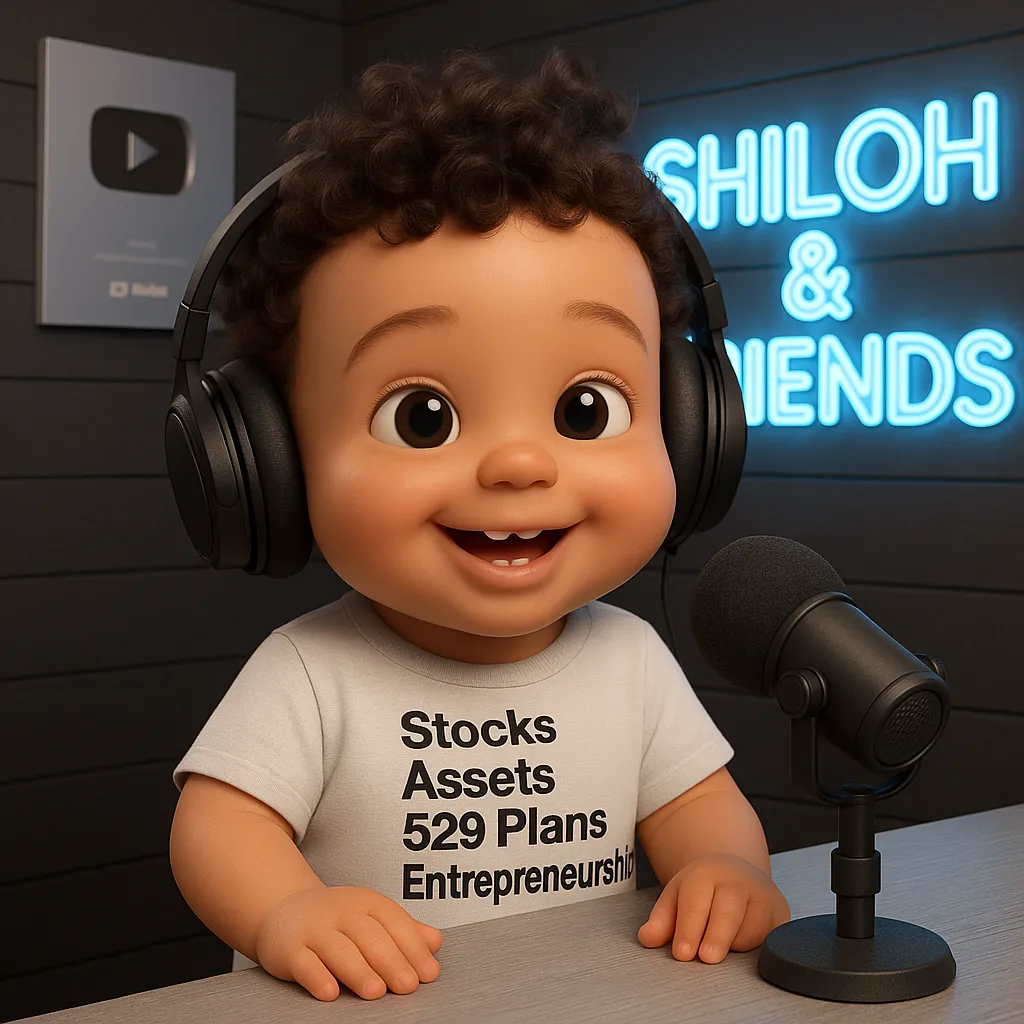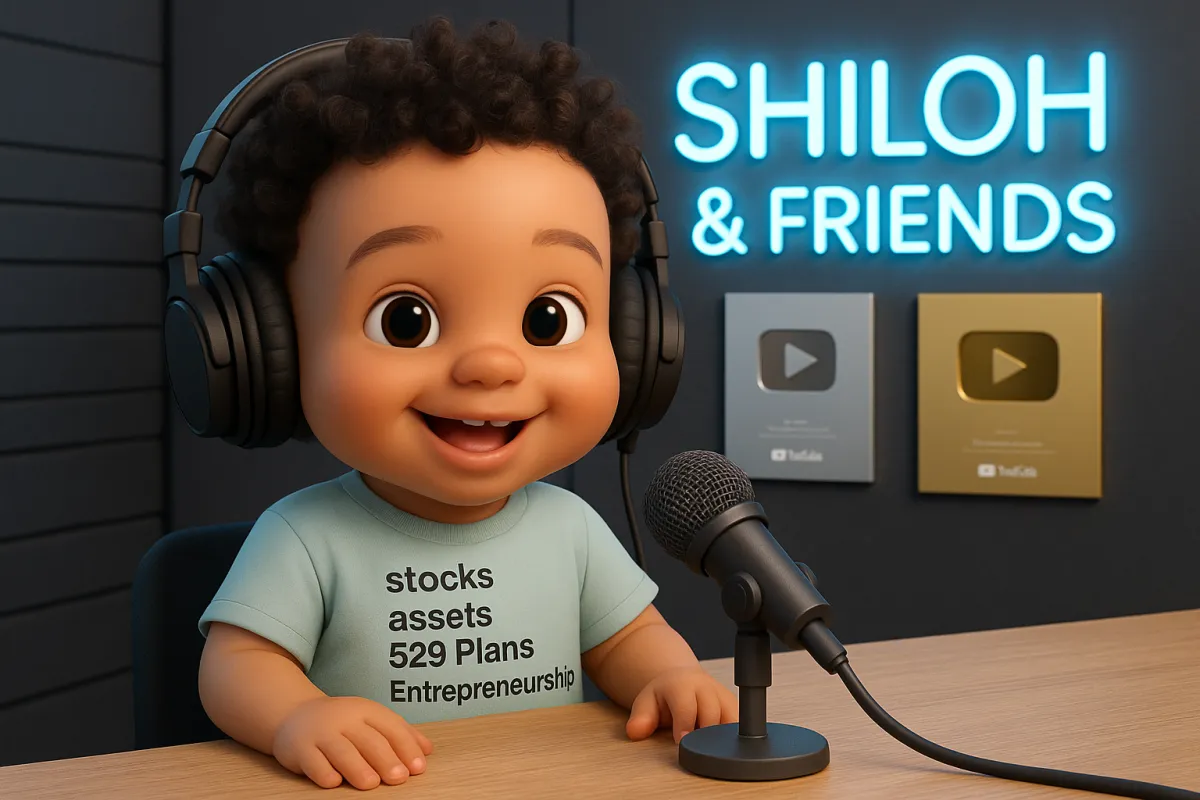Our Blog

Investing 101 For Children
Investing 101 For Children
Title: Investing 101: A Kid’s Guide to Growing Money
Do you want your money to grow—so it can buy bigger, cooler things later on? Investing is how people try to make that happen. In this guide, we’ll cover the basics so even if you’ve never heard about investing before, you’ll get the idea.
What Does It Mean to Invest?
Saving is putting money aside (like in a piggy bank or bank account).
Investing is using your money to try to make more money (for example, buying stocks, bonds, or funds) over time.
Why Investing Can Be Powerful
Compound Growth: If you invest and earn, say, 5% a year, then next year you earn money on the money you made before, too. Over many years, this adds up.
Time is Your Friend: The younger you start investing, the more years your money has to grow.
Types of Investments
Here are some common ones:
Stocks – Owning a small piece of a company. If company does well, stock might go up; but it can also go down.
Bonds – You loan money to a company or government; they pay you back with interest. Usually safer than stocks, but less growth.
Mutual Funds / Index Funds / ETFs – These are bundles of many stocks or bonds. They help spread risk, which means if one company goes down, the others may keep things stable.
Risk vs. Reward
Higher chance of big growth → usually more risk (the value can bounce up and down).
Lower risk → steadier and more reliable, but usually slower growth.
As a general rule: For money you might need soon, pick safer investments. For money you won’t use for many years, you can pick riskier ones.
How To Start Investing as a Kid
Talk with a parent or guardian about accounts where you can invest (some options from Blog 2).
Learn simple concepts like what a stock is, what a bond is, what fees are.
Start small. Maybe invest just a little—see how it changes.
Be consistent. Putting in small amounts regularly often beats trying to guess when to put in a large amount.
Basic Terms to Know
Dividend: Sometimes companies pay money to their shareholders (people who own stock) just for owning the stock.
Interest: Money paid by a bond issuer or bank for using your money.
Portfolio: All your investments put together.
Diversification: Don’t put all your eggs in one basket (i.e. not just one stock). Spread risk.
Example
Imagine you have $100. You choose to put:
$50 in stocks (maybe companies you like)
$30 in bonds (safer)
$20 in an index fund (which invests in many companies)
Over 10 years, maybe the stock part grows faster, but it might wobble up and down. The bond part stays steadier. The index fund gives a mix. If you keep adding money each year, that mix grows more.
Common Mistakes to Avoid
Trying to pick “winning stocks” all the time.
Putting money into something you don’t understand.
Getting discouraged when some investments lose money temporarily. That’s normal.
Paying too many fees or letting fees eat up your gains.
Final Thoughts
Investing isn’t magic, but it is powerful. It’s tools and habits: being patient, learning, and being consistent. If you start early, learn the basics, and make smart choices, you can grow money for your dreams—school, adventures, business, you name it.
Your Child’s Journey Begins Today – Let’s Grow Together!


We’re dedicated to teaching parents how to invest for their children. Thank you for trusting us to be part of your journey. Stay connected for updates, tips, and more!
Quick Links
Connect With Us
© Shiloh & Friends. 2025. All Rights Reserved.
Instagram
Youtube
TikTok